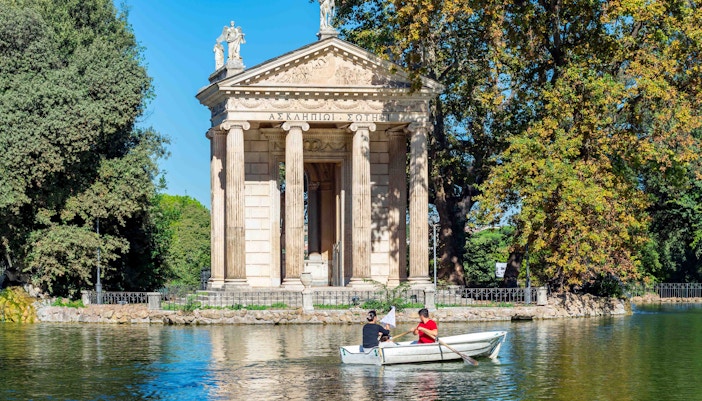Хронология событий в галерее Боргезе
1600s: Семья Боргезе, итальянское дворянское и папское семейство, происходившее из Сиены, переезжает в Рим.
1605: Камилло Боргезе был избран Папой Павлом V. Своего племянника Scipione Borghese он назвал кардиналом. Сципион Боргезе, по сути, возглавил правительство Ватикана и смог накопить значительное богатство.
1613: Галерея Боргезе была построена по заказу кардинала Сципиона Боргезе, заядлого коллекционера произведений искусства, для размещения его впечатляющей коллекции римского искусства, искусства Ренессанса и искусства барокко.
1775: Формальный садовый дизайн парка был переделан в английский пейзажный сад принцем Маркантонио IV Боргезе.
1808: Принц Камилло Боргезе, шурин Наполеона, был вынужден продать императору два лучших шедевра галереи: "Гладиатора Боргезе" и "Гермафродита Боргезе". Теперь их можно оценить в Лувре.
1902: Переломным шагом в истории стало то, что итальянское правительство выкупило виллу Боргезе и сделало ее доступной для посетителей под названием Галерея Боргезе.









